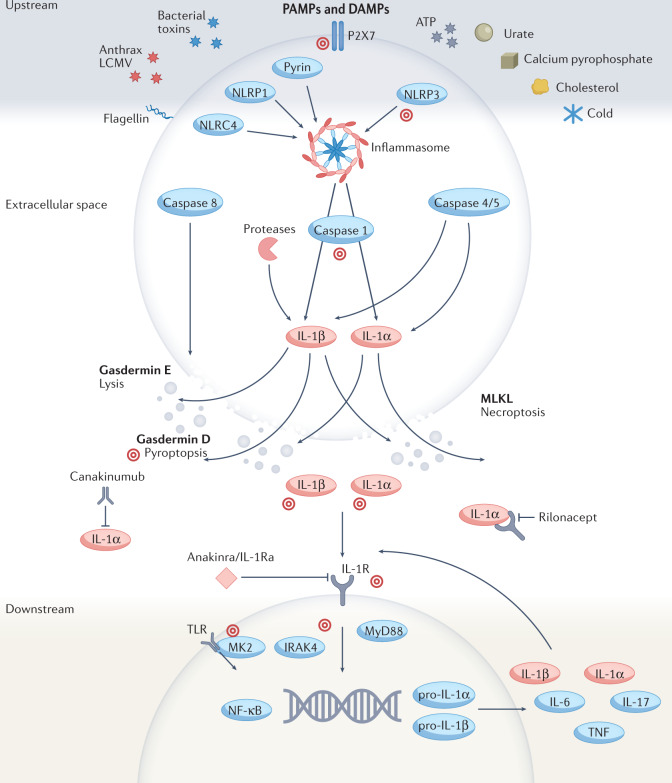Fig. 2. Mechanisms of IL-1-mediated inflammation and targets for therapy.
The expression, release and functional consequences of IL-1β and IL-1α are intertwined and highly regulated at multiple levels. Many upstream mechanisms, which can be grouped into damage- and pathogen-associated molecular patterns (DAMPs and PAMPs), trigger the activation of the inflammasome, an intracellular complex of multiple proteins (such as NLRC4, NLRP1, pyrin and NLRP3). Activation of the inflammasome, in turn, activates the caspase enzymes 1, 4 and 5, and other proteases, which process (cleave) and activate IL-1β and IL-1α. Non-inflammasome pathways can also activate caspase 8. Upon activation, IL-1β and IL-1α are released from the cell via a gasdermin E lytic process, gasdermin D pore formation and pyroptosis, or mixed lineage kinase domain-like pseudokinase (MLKL)-mediated necroptosis. IL-1β and IL-1α can then bind and activate IL-1R on nearby cells, leading to downstream intracellular signalling, and the expression, processing and release of additional IL-1 proteins, ultimately causing a positive, autoinflammatory feedback loop, and recruitment of neutrophils and other inflammatory cells. The three approved IL-1-targeted biologic therapies prevent IL-1R activation (represented by T-ended arrows). Numerous other drugs, at various stages of development, target inflammasome components and upstream and downstream pathways (target symbols).

